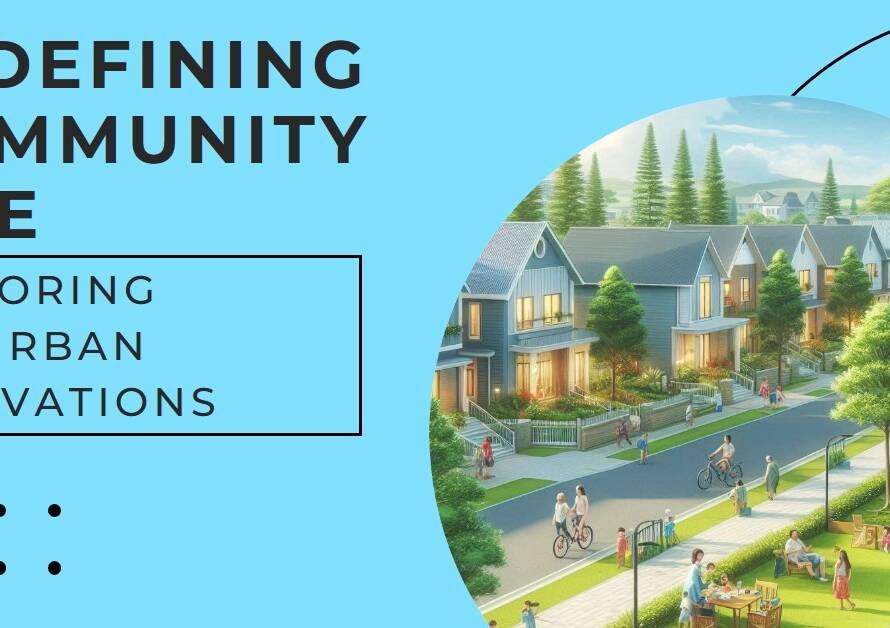
Table of Contents
Architectural interiors are not just spaces; they are stories waiting to be told. Rendering these spaces involves choosing the right style to convey the desired mood, atmosphere, and design intent effectively. From realistic representations to stylized artistic expressions, the range of rendering styles available allows architects and designers to showcase interiors in diverse ways. In this in-depth exploration, we uncover seven dynamic rendering styles for architectural interiors, each offering unique visual impacts and storytelling potentials to elevate design presentations and captivate audiences.
1. Photorealistic Rendering: Immersive Realism at Its Finest
Photorealistic rendering aims to replicate real-world lighting, materials, and textures with utmost accuracy and detail. By utilizing advanced rendering engines, accurate lighting setups, and high-resolution textures, photorealistic renders create immersive visual experiences that closely resemble actual interior spaces. Every material, surface texture, and lighting condition is meticulously crafted to achieve a level of realism that blurs the line between virtual and reality.
2. Minimalist Elegance: Clean Lines and Subtle Sophistication (Architectural Interior)
The minimalist rendering style focuses on simplicity, clean lines, and subtle sophistication to highlight architectural features and design elements. With a restrained color palette, minimal use of textures, and emphasis on spatial clarity, minimalist interiors exude elegance and modernity. Lighting plays a crucial role in accentuating forms and creating a sense of serenity, making this style ideal for showcasing contemporary interiors with a timeless appeal.
3. Artistic Watercolor: Expressive Brushstrokes and Soft Transitions
Embracing the artistic watercolor style in rendering interiors infuses spaces with a painterly charm and expressive aesthetics. Soft brushstrokes, gentle color washes, and subtle gradients create a dreamy and ethereal atmosphere, ideal for presenting conceptual designs or evoking emotions through visual storytelling. Artistic watercolor renders excel in capturing the essence of space while leaving room for imagination and interpretation, making them engaging and visually captivating.
4. Modern Industrial: Raw Textures and Urban Vibes
The modern industrial rendering style celebrates raw textures, exposed materials, and urban aesthetics to convey a sense of industrial chic and rugged elegance. Incorporating elements such as exposed brick walls, concrete surfaces, metal accents, and vintage-inspired furnishings, modern industrial interiors exude character, authenticity, and a hint of nostalgia. Strategic lighting schemes with warm tones and dramatic contrasts enhance the industrial ambiance, creating visually compelling and atmospheric renders.
5. Timeless Classicism: Elegance Through Tradition and Detail
Drawing inspiration from classical architecture and timeless design principles, the timeless classicism rendering style exudes elegance, symmetry, and meticulous detailing. Rich textures, ornate moldings, intricate furnishings, and classical motifs define interiors that embody luxury and sophistication. Lighting in timeless classicism renders often emphasizes highlights and shadows to accentuate architectural features and create a sense of depth and grandeur.
6. Futuristic Futurism: Bold Forms and Innovative Design
Futuristic futurism explores bold forms, innovative materials, and cutting-edge design concepts to envision interiors of tomorrow. Clean lines, geometric shapes, high-tech elements, and futuristic finishes define spaces that are sleek, functional, and forward-thinking. Lighting in futuristic renders often incorporates dynamic LED lighting, futuristic fixtures, and accentuated glows to enhance the futuristic ambiance and showcase technological integration within spaces.
7. Cozy Scandinavian: Warmth, Simplicity, and Natural Elements
The cozy Scandinavian style embraces warmth, simplicity, and natural elements to create inviting and comfortable interiors. Light color palettes, natural materials such as wood and stone, minimalist furniture, and ample natural light characterize Scandinavian interiors. Soft, diffused lighting techniques and cozy accents like textiles, rugs, and indoor greenery contribute to a sense of hygge (coziness) and well-being, making Scandinavian renders ideal for residential, hospitality, and wellness spaces.
8. Nostalgic Retro: Vintage Vibes and Playful Nostalgia
Nostalgic retro rendering style evokes vintage vibes, playful nostalgia, and eclectic charm through bold colors, retro patterns, and iconic design elements from past eras. From mid-century modern influences to funky 80s aesthetics, retro interiors celebrate design diversity and individuality. Lighting in retro renders often features warm tones, neon accents, and dramatic contrasts to accentuate retro flair and create visually dynamic and engaging interiors.
9. Surreal Fantasy: Imaginative Worlds and Whimsical Realms
Venturing into the surreal fantasy rendering style transports viewers into imaginative worlds and whimsical realms beyond reality. Bold colors, surreal compositions, fantastical elements, and dreamlike environments define surreal fantasy interiors. Lighting plays a pivotal role in creating magical atmospheres, dramatic contrasts, and surreal lighting effects that enhance the otherworldly ambiance of these renders, making them captivating and unforgettable visual experiences.
10. Balanced Eclecticism: Harmonious Fusion of Styles and Influences


Balanced eclecticism embraces a harmonious fusion of styles, influences, and design elements to create visually dynamic and personalized interiors. Mixing modern and traditional elements, global influences, vintage finds, and contemporary art, eclectic interiors celebrate individuality, creativity, and curated aesthetics. Lighting strategies in eclectic renders vary based on the fusion of styles, with flexibility to highlight focal points, create visual interest, and maintain overall cohesiveness within diverse design narratives.
By exploring these dynamic rendering styles for architectural interiors, designers and visual artists can unleash creativity, evoke emotions, and craft compelling visual narratives that resonate with audiences and clients. Each style offers unique opportunities to showcase design concepts, convey moods, and bring spaces to life in ways that inspire, engage, and leave a lasting impression. Tailor your rendering approach to suit project requirements, design intents



